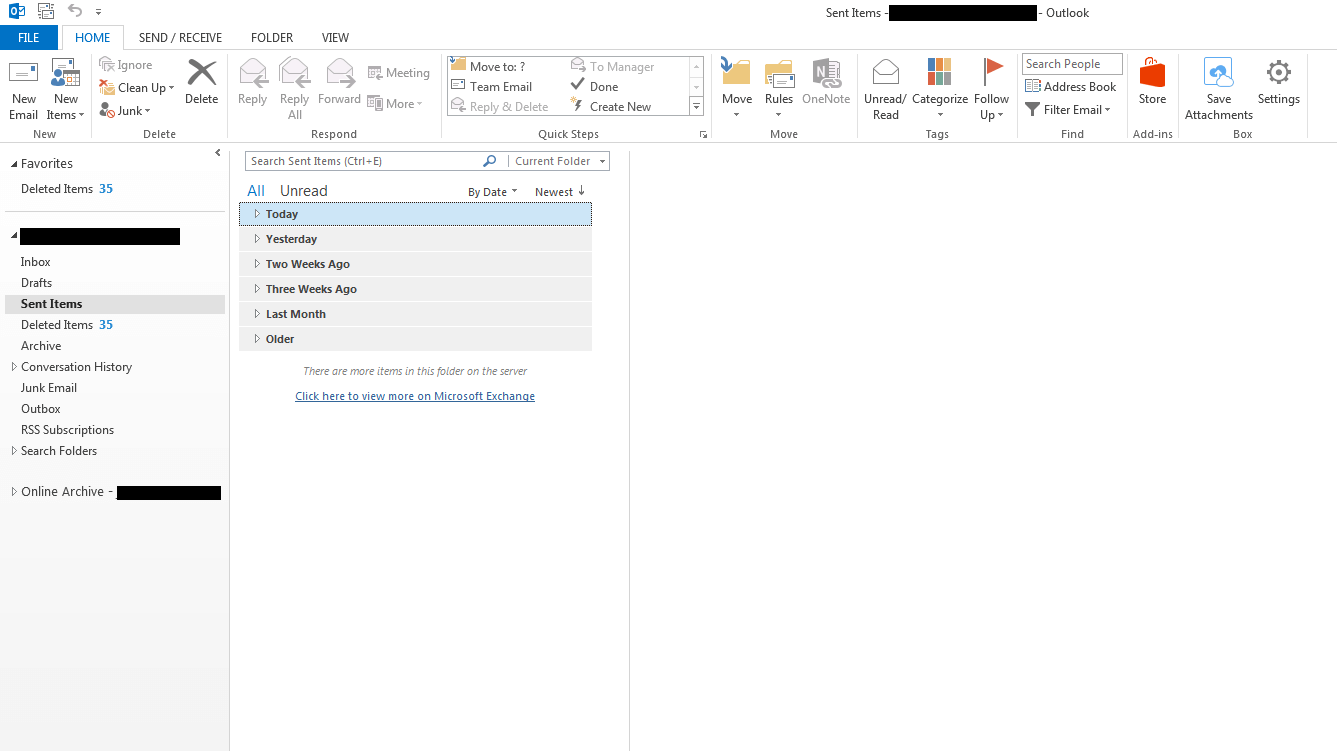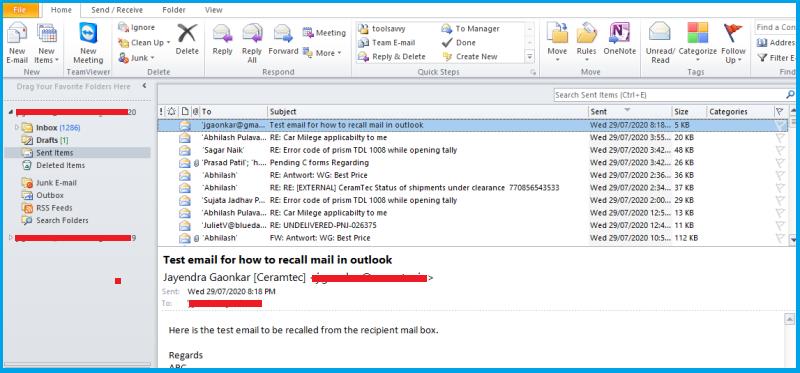

Once it's sent, it's sent, and the sender can do absolutely nothing to prevent any recipient from reading the email. There is no built-in feature to the protocols that make email work (specifically, SMTP) to "undo" a send.

There's literally nothing else you can do. To "permit" the recall, just delete the message from your mailbox. If the recipient is using a different type of mail server (e.g., gmail, or anything else), the recall is literally nothing but a plain text message. It only works if the recipient's mailbox is on a Microsoft Exchange server and they are using the Outlook client. If not, well, you might not be so concerned about message recall.This email "recall" feature is not a standard feature of all email clients. If you can hold off making a fool of yourself until then, the new message recall will help. Given the number of clients involved (especially Outlook desktop) and the complexity of rolling out new functionality across Office 365, it’s unlikely that we will see the new recall function much before the second quarter of 2020. The work to build a new recall function is ongoing with no committed dates. An early version of a Message Recall Request status report (image credit: Microsoft) Microsoft also promises a new aggregate message recall request report to show how successful a request is and who has managed to read a problematic message (see below figure). The new service can’t recall every message, but it is better than before and internal testing within Microsoft shows that a much higher percentage of requests are successful (from such a low base, this wouldn’t be hard). More details can be found at: A New Take on Message RecallĪt Microsoft Ignite 2019, the Exchange team discussed a possible solution to the problem using a new Outlook Recall Message service ( online recording) that clients can use to request a message recall. The success or failure of a message recall depends on the recipients’ settings in Outlook.

You cannot recall a message that’s protected by Azure Information Protection.If you don’t see the Recall This Message command, you probably don’t have an Exchange account or the feature isn’t available within your organization.From the Message tab, select Actions > Recall This Message.Selecting the message so it appears in the reading pane won’t allow you to recall the message.

You must double-click to open the message. Open the message that you want to recall.In the folder pane on the left of the Outlook window, choose the Sent Items folder.Message recall is available after you click Send and is available only if both you and the recipient have a Microsoft 365 or Microsoft Exchange email account in the same organization. For example, if you forgot to include an attachment, you can try to retract the message, and then send a replacement message that has the attachment. You can also substitute a replacement message. With message recall, a message that you sent is retrieved from the mailboxes of the recipients who haven’t yet opened it.


 0 kommentar(er)
0 kommentar(er)
